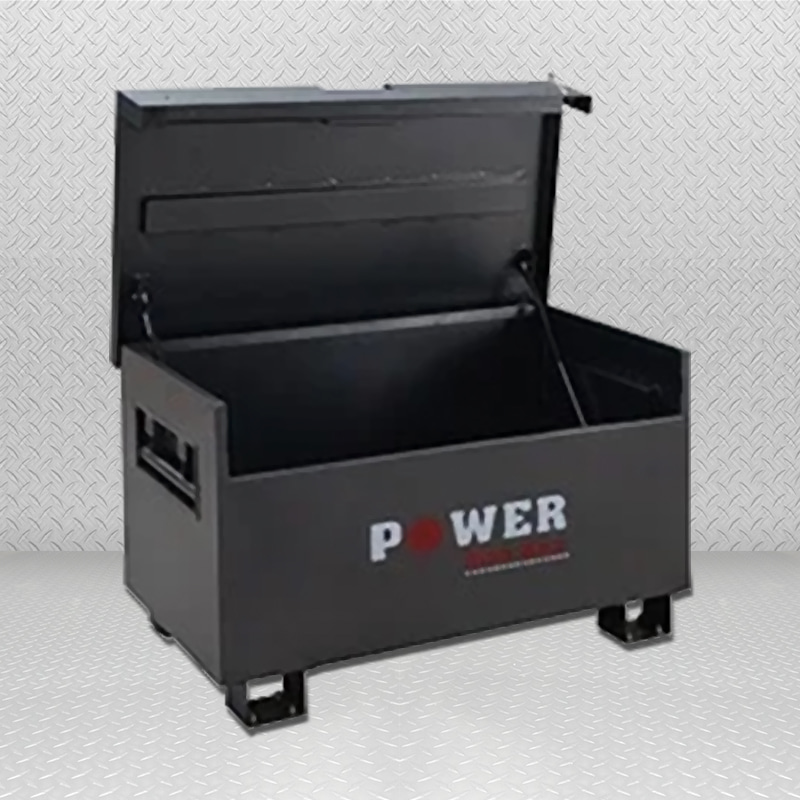Designing changeable slots and brackets for flexibility in
tool storage accessory requires careful consideration of user needs and the adaptability of the system. Here's how you can design changeable slots and brackets effectively:
1. Modular Slot System:
Create a modular slot system with standardized slot sizes and spacing. This system allows users to insert and reposition slots and brackets as needed within the tool storage accessory.
2. Tool Holder Compatibility:
Ensure that the slots and brackets are compatible with a variety of tool holders, clips, or brackets. These holders should come in various sizes and designs to accommodate different tool types.
3. Adjustable Fastening Mechanisms:
Design slots with adjustable fastening mechanisms, such as thumb screws, locking levers, or quickrelease clamps. Users should be able to secure slots and brackets firmly in place without the need for specialized tools.
4. TSlot Design:
Consider using a Tslot design for flexibility. Tslots allow users to slide brackets and holders into the slots and secure them at any desired position. This design is commonly used in modular workbench systems.
5. ToolSpecific Adapters:
Create toolspecific adapters or brackets that can be attached to the changeable slots. These adapters can securely hold specialized tools or equipment that may not fit standard brackets.
6. Labeling or Color Coding:
Implement labeling or colorcoding for slots and brackets to help users quickly identify which ones are suitable for specific tools or tool types. This aids in organization and reduces guesswork.
7. Tool Positioning Guides:
Include positioning guides or indicators on the accessory to assist users in aligning and spacing slots and brackets accurately. This ensures that tools are stored securely and efficiently.
8. Clear Slot Arrangement Instructions:
Provide clear, easy-to-follow instructions on how to arrange slots and brackets for various tool configurations. Include diagrams or guides to help users take full advantage of the flexibility.
9. Interlocking Brackets:
Design brackets with interlocking features, such as dovetail joints or tabs, that allow them to securely connect to one another. This prevents brackets from shifting or coming loose during use.
10. Height and Angle Adjustability:
Consider offering height and angle adjustability for brackets. Users should be able to set the height and angle to match their specific tools' dimensions and requirements.
11. Accessory Compatibility:
Ensure that the changeable slots and brackets are compatible with other tool storage accessories, such as drawers, shelves, or pegboards. This allows users to create a cohesive and versatile tool storage system.
12. Durable Materials:
Use durable materials like steel, aluminum, or impactresistant plastics for the slots and brackets to ensure longevity and stability.











